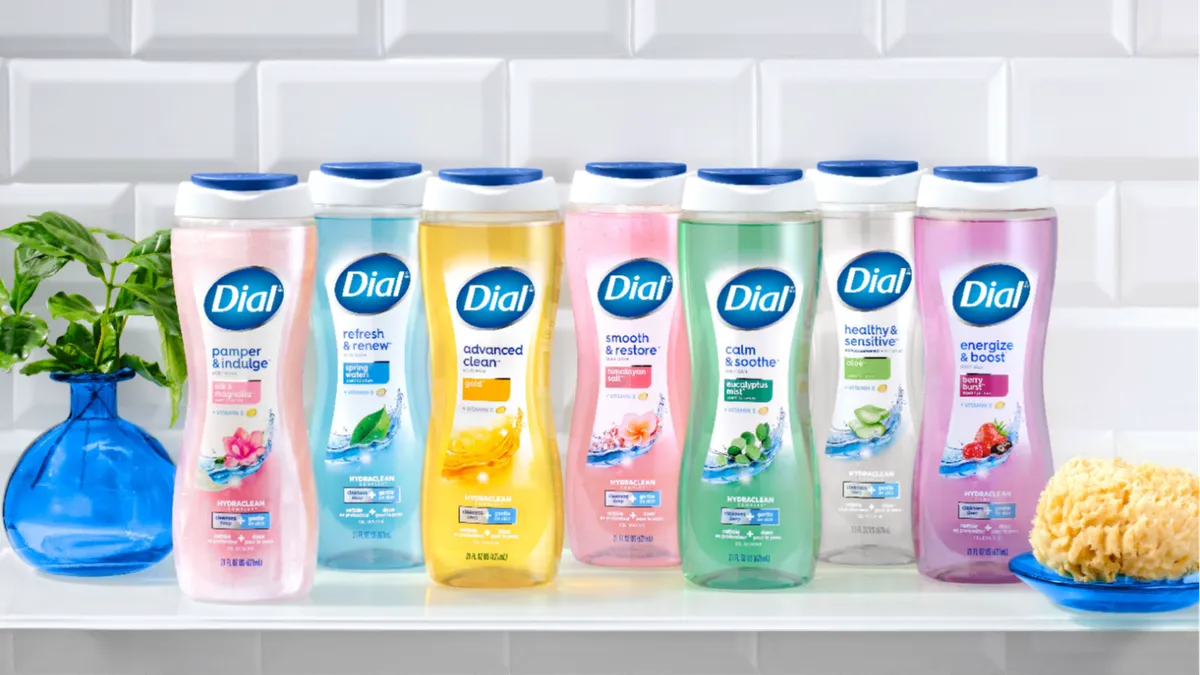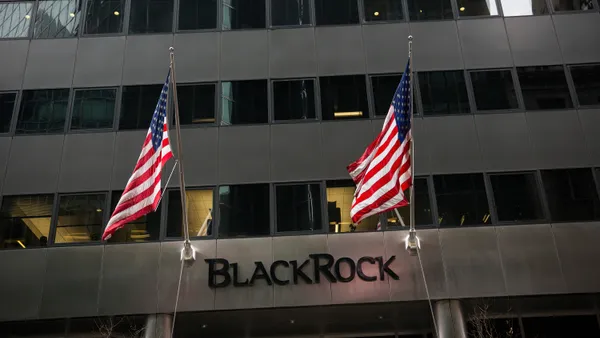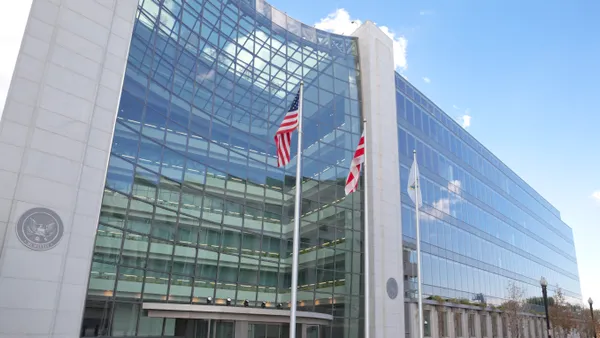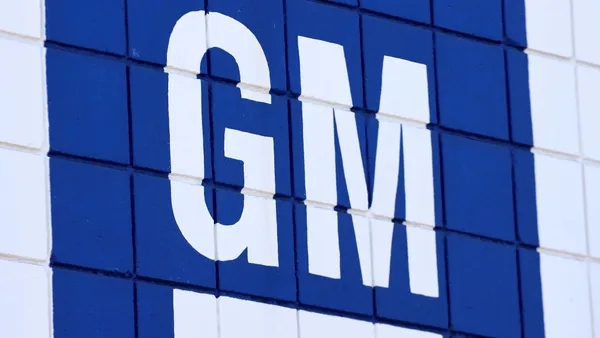Dive Brief:
- Henkel, the German consumer goods company behind brands like Dial soaps and Soft Scrub cleaners, announced last week it’s launching a supplier engagement program with the aim of recording and reducing scope 3 emissions linked to packaging suppliers and others.
- The program, dubbed “Climate Connect,” entails offering training resources and individual support to suppliers. In partnership with scope 3 data platform Manufacture 2030, Henkel wants to help suppliers assess baseline sustainability KPIs and select actions to pursue. Energy, water consumption and waste volumes will all be areas for data collection.
- Henkel says that about a quarter of its value chain emissions are caused by packaging and raw materials. It’s targeting a 30% decrease in CO2 emissions from those sources by 2030, from a 2017 baseline. “We want to make sure that the reduction of emissions becomes a priority for all our suppliers,” said Sina Pfanschilling, media relations manager, in an email.
Dive Insight:
Whereas a company’s scope 1 and 2 emissions relate to its directly owned, controlled or purchased assets, the U.S. EPA describes scope 3 emissions as resulting from activities not owned or controlled by the reporting organization — those upstream or downstream in its value chain.
In the U.S., the Securities and Exchange Commission notably left scope 3 reporting out of its recent climate risk disclosure rule, but regulators in other major jurisdictions like California and the European Union have opted to require such reporting. As such, data collection and sharing between customers and partners is increasingly important for showing progress toward sustainability goals and regulatory reporting.
Thus far, some smaller companies have had fewer resources to begin this work. “Compared to large companies, our small- and medium-sized partners often find it difficult to record their CO2 emissions as they lack the capacity to do so,” said Bertrand Conquéret, Henkel’s chief procurement officer, in the announcement. The program is designed “to support our suppliers directly and as individually as possible.”
Henkel is working to cut its scope 1 and 2 emissions by 67% by 2030, also from a 2017 baseline; in 2023 it had achieved 51%, according to its latest sustainability report released last month. But it has not yet set a scope 3 emissions reduction goal; the company plans to develop a “net-zero pathway” for its value chain emissions in line with Science Based Targets initiative standards.
Accelerating data collection is key: “The main opportunity lies in creating transparency, which will allow us to identify areas of high emissions at our suppliers or areas where they need specific support, so that we can focus on those,” Pfanschilling said via email. “The opportunity for our suppliers is that they will be supported in reducing their CO2-emissions and thereby also build up a competitive edge, from which they will also benefit with other customers.”
Pfanschilling said suppliers will have access to training courses through an initiative called Together for Sustainability that it co-founded in the chemical industry. Suppliers’ data will then be processed through Manufacture 2030’s platform, which could recommend actions such as sourcing renewable electricity, Pfanschilling explained. As a potential benefit for suppliers, Henkel pitches that they can export relevant data for CDP, which offers a climate reporting frameworks used by multiple packaging companies.













